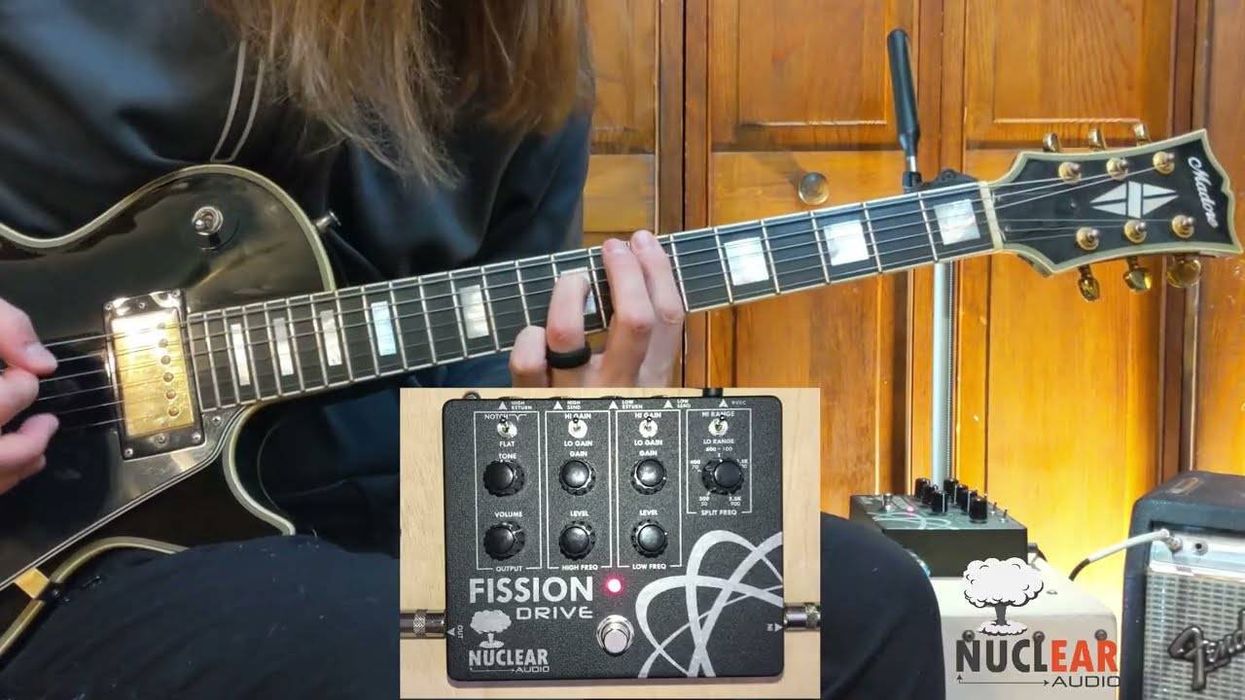We all love to pick up an instrument that feels perfect. And the best instruments seem to communicate their music-making readiness from the first moment we feel the strings and neck. I wish every instrument could permanently stay in that state of readiness, but they won’t. They change over time, though in many ways for the better. The woods resonate more easily, the dynamic range expands, and touch sensitivity and expressiveness become more immediate. All these improvements contribute to the played-in comfort of a mature guitar.
Along with this wondrous ripening, however, comes a distortion of the guitar’s geometry. And I’m talking about more than simple setup details. A guitar’s neck angle is one of the most important contributors to a guitar’s playability. So how it could go wrong without appearing to be broken is, for many players, a mystery.
For a moment, think of the guitar simply as a structure for holding the strings. That structure is assembled from two pieces—a body and neck—joined near the center of the strings stretched across them. The string tension exerts quite a load on our string holder, and over time, the holder will start to give way. Both the body and neck are fairly flexible. They usually need to be in order to vibrate and make the sounds we love. It may seem surprising, but wood is not a stable, uniform material. It’s dynamic and in a constant state of flux, responding to both its surroundings and the vibrations our playing introduces. This is a significant reason why it can work so well for a musical instrument.
The neck is usually fitted with a truss rod to help balance out the string tension and prevent the neck from bending too far forward. This helps with the slender portion of the neck, but can’t counteract the stretching that happens at the neck heel. And that flexible body? Quite simply, it starts to bend. The back of a guitar is usually built with a slightly convex shape across both its length and width, and it will start to stretch. The sides of the guitar where the neck is attached will slowly twist. The top will try to bend—as if caving into the soundhole—developing a subtle “S” shape along its length. Then we have the joint between the neck and body. While it is rare for a joint to come loose, there can be enough play in the joint to give a little.
To further aggravate the strain a guitar feels, the woods the guitar is made from experience a constant ebb and flow of humidity and temperature, which continuously alter the strength and dimensions of each component. Slowly (almost imperceptibly), the top of the guitar will shrink as it ages. Not in the way that short-term exposure to low humidity can be rectified and re-expanded by an extra dose of humidity, but rather as a permanent, subtle shrinking toward the center, brought on by age and oxidation.
The picture we see as a result is a guitar slowly folding in toward the soundhole, causing the strings to migrate farther and farther away from the fretboard as years go by. And the farther away the strings are, the greater the leverage they exert against the body and neck—thereby accelerating the guitar’s deformation.
It sounds fatalistic, but this is inevitable. The remedy, however, is relatively simple in concept. Separate the body and neck, recut or shim the joint that unites them, and affix the two guitar halves with the perfect relationship restored. This task can be easy if the two parts were attached to each other using fasteners, or more difficult if they were married with tricky wood joinery and glue.
Guitar makers strive to achieve a perfect balance. The goal is to make a guitar flexible and responsive enough to sound glorious and express a player’s every musical thought, yet be strong and stable enough to respond slowly to the inevitable effects of time and use so it can dependably serve the player. So, take a close look at the saddle on your favorite acoustic guitar’s bridge. Most players will have their guitar set up periodically in response to the guitar’s use and increasing age, and with each setup, the saddle will typically be cut lower and lower. When the saddle is so low as to be barely protruding from the top of the bridge, and the portion of fretboard over the body has bent up away from the rest of the neck, the time has come to restore the relationship.
And when all is said and done, you’ll get to fall in love with your guitar all over again.












![Rig Rundown: Russian Circles’ Mike Sullivan [2025]](https://www.premierguitar.com/media-library/youtube.jpg?id=62303631&width=1245&height=700&quality=70&coordinates=0%2C0%2C0%2C0)






